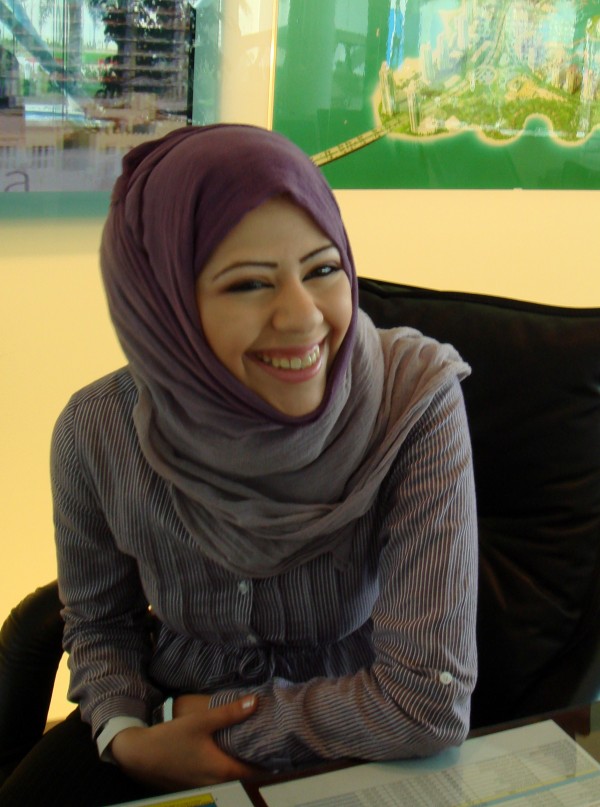The Arabs – a history
By Eugene Rogan – Published by Basic Books, 2009
Review by Tony Henderson, chairman, Humanist Association of Hong Kong
Where do you start? Like just where DO you start? Mr Rogan, an Oxford don who specialises in Middle East studies, chose the Beirut assassination of former Lebanese prime minister Rafiq Hariri in 2005.
It is in keeping with the developing contents of the book that the reader is introduced into Middle East affairs with a car bomb, via Lebanon and Syria, thence Egypt, Algeria, over to Iraq while bringing in the Ottoman Turks, which entails a launch into history – and we are off.
By page six we are told that ‘Modern Arab history begins with the Ottoman conquests of 1516-1517, during which a modern gunpowder army with muskets defeated a medieval army wielding swords’. With this statement I was immediately taken in mind to Japan and the defeat of the strait-laced samurai by a gun-toting modernising army during the Meiji Restoration era – or was that just in the movie The Last Samurai?
The great Arab cities at that time were Damascus, Baghdad, and Cairo. Under the Ottomans the Arabs were ruled from Istanbul. So long as taxes were paid rule was light and the likes of non-Muslim minorities were allowed to organise their own affairs, under their own communal leadership and religious laws. The Arabs were other Muslims in a great Muslim empire.
As the fall of the Ottoman Empire approached – 1918 – many Arabs and their provinces had become uneasy and dissatisfied with what was in reality subjugation and called for reforms and independence, seeing how they themselves had lagged behind in various aspects of usual life.
‘The British and French used the Paris Peace Conference on 1919 to apply the modern state system to the Arab world’, says Rogan, ‘with all Arab lands bar central and southern Arabia falling under some form of colonial rule’.
Further disappointments that appeared following the Second World War where the promises of self-determination for the Arabs were quashed – which brought to mind another epic moment, that recorded under the guise of T. E. Lawrence, portrayed for western audiences in the movie, Lawrence of Arabia.
The Cold War brought to the fore the dominant powers of the United States of America and the Soviet Union and until 1990 again the Arabs found themselves constrained by outside influences jockeying for their allegiance, but reluctant to allow self-determination. In an effort of mitigation the Non-Aligned Movement took shape. However, every Arab state just had to take sides!
As Mr Rogan has it: ‘Those states that entered into the Soviet sphere of influence called themselves “progressives’ but were described in the West as “radical” Arab states. This group included every Arab country that had undergone a revolution: Algeria, Libya, Egypt, Syria, Iraq, and South Yemen. Those Arab states that sided with the West – the liberal republics like Tunisia and Lebanon, and conservative monarchies like Morocco, Jordan, Saudi Arabia, and the Gulf States – were dubbed “reactionaries’ by the progressive Arab states but were considered “moderates” in the West.’
The Cold War came to an end in 1989 after the fall of the Berlin Wall. In the Arab world there was the Iraqi invasion of Kuwait – 1990. The UN authorised a US-led war against Iraq and US power on the world stage was shown absolute. The USA’s unilateralism meant that following the September 11, 2001 attacks in the United States, “…the war on terrorism was launched that focused on the Muslim world, with the Arabs as prime suspects’.
It is highly pertinent today to take a detailed look at what constitutes the Arab world and the only way to do this is from a historical perspective and with an overview of the diversity that goes to make of Arab culture with its array of music and other artistic forms that tell of ways of life equally deserving wider attention. After all, the point is to reach solutions, to cultivate a way seeing things that is inclusive and supportive of all that is good and worthy.
In general terms the media has not looked for the positives in Arab lifestyles and criticisms are so easy given the highly structured form of Arab societies but what has not been seen is those periods where Islamic culture has deposited golden moments, nay, epochal eras.
Certainly, for my learning and pleasure, The Arabs, brought to my attention the Mamluks and their role in establishing, ‘the oldest and most powerful Islamic state of its day’ – 1250 – comprising Egypt, Syria, and Arabia.
‘They were the ultimate warriors in hand-to-hand combat and had overpowered the greatest armies of the Middle Ages’ – they drive the Mongol hordes out of Arab lands, and expelled the last of the Christian Crusaders. The modern Turkish army routed them in the end. The Sultan Selim (the Grim) was introduced.
All in all for me a valuable read.










